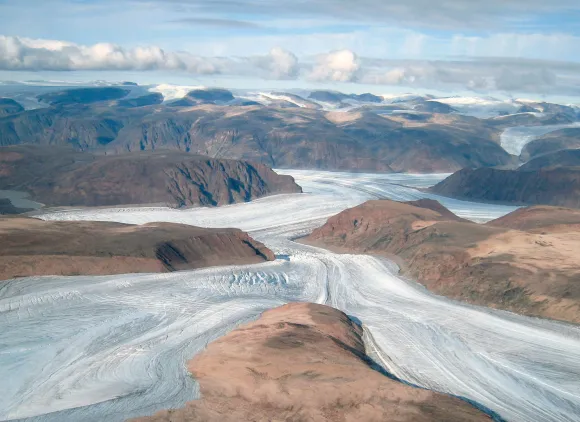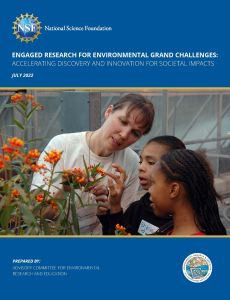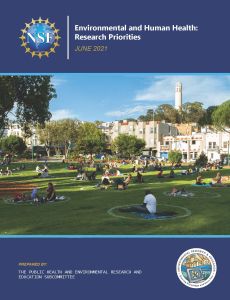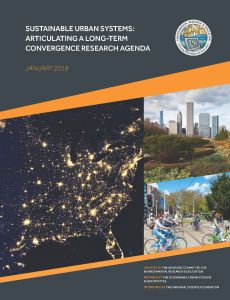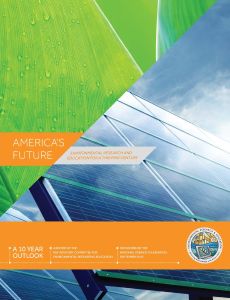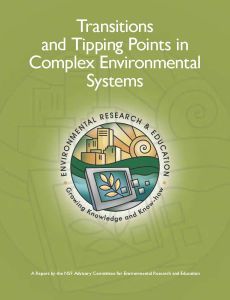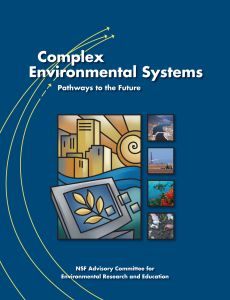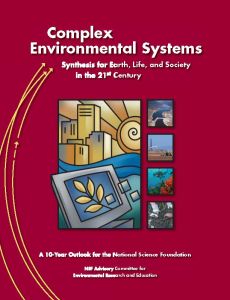Committee membership
Membership details
The AC-ERE has particular interest in those aspects of environmental science, engineering, and education that affects multiple disciplines. The committee includes scientists from many disciplines, including a member from each of the other NSF advisory committees, and focuses on coordination, integration, and management of environmental programs across the Agency. AC-ERE interests include environmental education, digital libraries, and cyberinfrastructure, as well as interdisciplinary programs, centers, and major instrumentation.
A full committee meeting is held three times a year to review and evaluate policies and program opportunities focused on environmental research and education.
Upcoming AC-ERE meeting
| Date: May 8-9, 2024 Location: Virtual |
| Date: November 7-8, 2023 Location: Virtual |
| Date: April 5-6, 2023 Location: Virtual AC-ERE Spring Agenda (PDF, 258.4 KB) |
| Date: September 20-21, 2022 Location: Virtual AC-ERE Agenda ~ Sept-2022 (PDF, 179.88 KB) |
| Date: April 19-20, 2022 Location: Virtual AC-ERE Agenda ~ April 2022 (PDF, 218.9 KB) |
| Date: November 4-5, 2021 Location: Virtual AC-ERE Agenda - November 2021 (PDF, 755.47 KB) |
| Date: June 21, 2021 Location: Virtual Meeting AC-ERE Agenda - June 2021 (PDF, 193.37 KB) AC-ERE Minutes ~ June 2021 (PDF, 120.57 KB) |
| Date: March 18, 2021 Location: Virtual Meeting AC-ERE Agenda - March 2021 (PDF, 124.74 KB) AC-ERE Minutes ~ March 2021 (PDF, 168.99 KB) |
| Date: October 22-23, 2020 Location: Virtual Meeting AC-ERE Agenda ~ October 2020 (PDF, 140.5 KB) AC-ERE Minutes ~ October 2020 (PDF, 208.69 KB) |
| Date: June 5, 2020 Location: Virtual Meeting AC-ERE Agenda - June 2020 (PDF, 104.56 KB) AC-ERE Minutes ~June 2020 (PDF, 143.2 KB) |
| Date: November 4-5, 2019 Location: Alexandria, VA AC-ERE Agenda - June 19 (PDF, 139.94 KB) AC-ERE Minutes - November 2019 (PDF, 162.04 KB) |
| Date: March 18, 2019 Location: Virtual Meeting AC-ERE Agenda - March 2019 (PDF, 128.88 KB) AC-ERE Minutes - March 2019 (PDF, 77.91 KB) |
| Date: October 24-25, 2018 Location: Alexandria, VA AC-ERE Agenda - October 2018 (PDF, 103.49 KB) AC-ERE Minutes - October 2018 (PDF, 198.27 KB) |
| Date: April 18-19, 2018 Location: Alexandria, VA AC-ERE Agenda ~ April 2018 (PDF, 102.83 KB) AC-ERE Minutes - April 2018 (PDF, 111.77 KB) |
| Date: January 5, 2018 Location: Virtual Meeting AC-ERE Telecon Agenda - January 2018 (PDF, 91.27 KB) |
Current roster
Reports
Scientists discover mechanism plants use to control 'mouths'
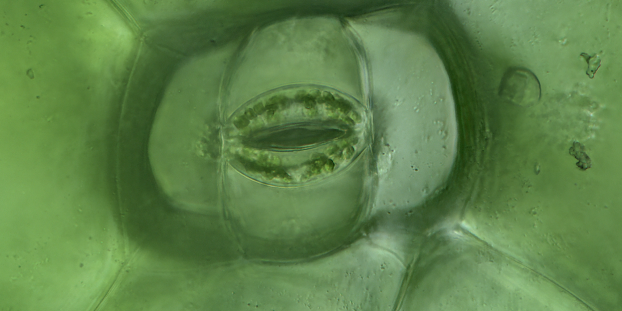
Key breakthrough on how plants open and close stomata could enable new ways to guard crops against climate change, especially increasing levels of carbon dioxide
Find out more about this NSF-funded research by reading the Science Matters article found here.

